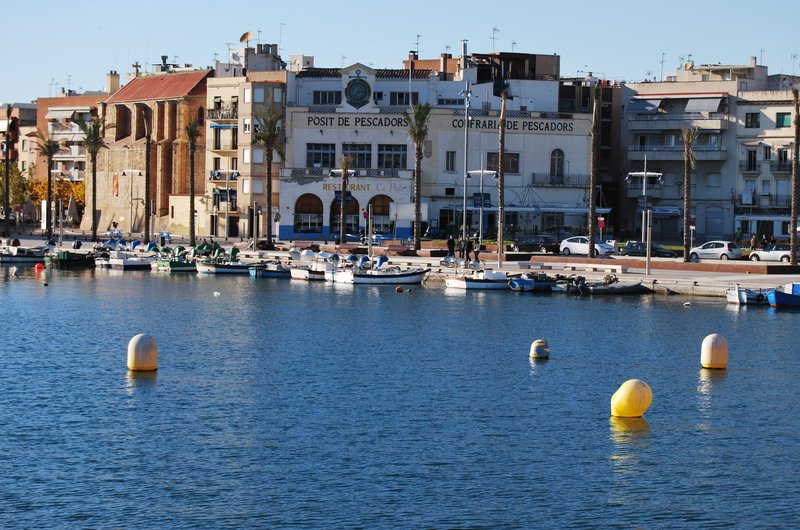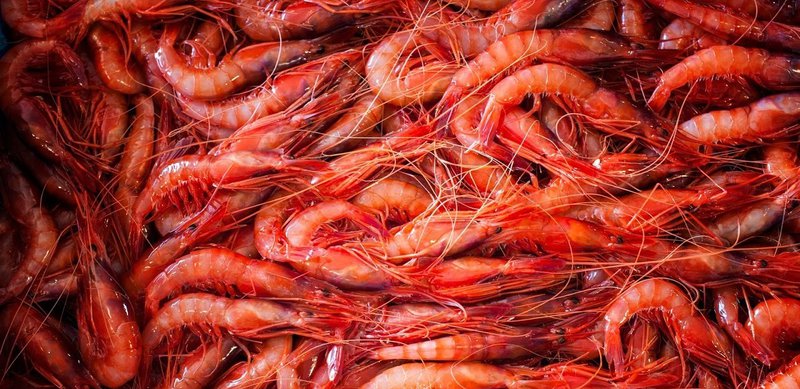The smell and taste of the sea
The seafaring district of Tarragona, known as El Serrallo, which sits next to one of the most important seaports in the Mediterranean, has long had a great tradition of gastronomy, culture, associations and economic activity focused mainly on fishing and the sea since time immemorial.
We know that the fishing tradition has been documented in Tarragona since the 13th century. In the 14th century, the first seaman’s shops (wooden huts where fishermen lived, which they also used as warehouses) were documented on Miracle Beach and, later, near the mouth of the Francolí river.
During the 18th century, most people working in the fishing world lived in the upper part of the Tarragona city. The poorest, however, were housed in huts in what was then called Llatzeret Beach, near Carrer del Mar.
At the end of the 18th century, the Port Works Board planned the construction of the Marina district in the lower part of the city. It was not until the middle of the 19th century, however, that El Serrallo became the fishing district of Tarragona.
The construction of the Tarragona-Reus-Montblanc-Lleida railway line and expansion of the port of Tarragona meant that the fishermen’s houses on Carrer del Mar had to be moved to the current location between the port and the train track and the Francolí area. And when the neighbourhood began to grow during the second half of the 19th century, it took on the name of El Serrallo, which comes from the Italian word serraglio, meaning menagerie in English.
A haven for seafood lovers
The district has now become a point of reference thanks to the gastronomic products it offers and its privileged location next to the sea. Here you can find the most select maritime species, such as the red prawn native to Tarragona, octopus, Norway lobster known as the gadegang prawn in Tarragona, blue whiting, hake, monkfish, mantis shrimp, white prawn, octopus or squid, as well as blue fish such as sardines, anchovies and mackerel. A suquet de moixina (fish stew) with potatoes mixed with garlic and oil, or a romescada (seafood in romesco sauce) are some of the typical dishes of the neighbourhood, which, above all, smells and tastes like the sea.




